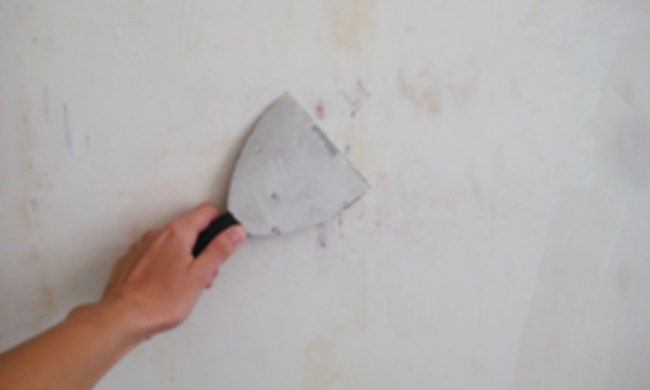Want to make some amazing family dinners but don’t want to worry about the stress on your favorite kitchen tool? If you’re wondering how to clean a pizza stone properly, you’ve come to the right place. With the right care, your pizza stone can last for years, helping you achieve the perfect crispy crust every time. And we’re going to show you exactly how to keep your pizza stone spotless and ready to use.
Benefits of a pizza stone for your kitchen

Pizza stones are a fantastic addition to any kitchen, offering a way to cook pizza that’s much closer to the traditional brick oven experience. The primary benefit of a pizza stone is its ability to distribute heat evenly, which ensures a perfectly crispy crust. These stones also absorb excess moisture from the dough, creating a texture that’s hard to match with other cooking methods. Plus, they’re versatile — great for baking cookies, bread, or even roasting vegetables.
How to clean a pizza stone the right way

Cleaning a pizza stone is straightforward, but it’s important to do it correctly to maintain its quality. Since pizza stones are porous, they absorb whatever touches them, including oils and cleaning agents. Here’s a step-by-step guide on how to clean a pizza stone without causing damage.
1. Let it completely cool
Allow the pizza stone to cool completely before you start cleaning it. Trying to clean a hot stone can cause it to crack or break due to the sudden change in temperature.
2. Brush it down
Once your stone is cool, use a stiff brush or dry cloth to brush off any food particles or crumbs. For most occasions, this is all the cleaning your pizza stone really needs. Avoid using water at this stage to prevent moisture from seeping into the stone.
3. Scrub if necessary
If brushing isn’t enough to remove stubborn stains, gently scrub the stone with warm water and coarse salt or a baking soda paste. The salt or baking soda works as a natural abrasive, helping lift off residue without harming the stone. Remember not to soak the stone in water, as this could lead to cracking over time.
4. Dry thoroughly
After scrubbing, it’s crucial to dry your pizza stone thoroughly before storing it. Let it air dry completely to ensure that it’s ready to use the next time you want to make pizza.
Pizza stone common problems and care tips

Over time, pizza stones can face some common issues like blackening, cracking, or absorbing unwanted liquids. Understanding how to address these issues and care for your stone will help extend its life.
- Turning black: Don’t worry if your pizza stone turns black over time — this is a normal sign of seasoning. The dark color comes from oils and food residue that enhance the stone’s nonstick surface.
- Cracking: Cracks can occur if your stone undergoes sudden temperature changes. Always allow it to cool down naturally, and never place a cold stone in a hot oven.
- Absorbing unwanted liquids: Because of their porous nature, pizza stones can absorb oils or cleaning agents. Avoid using soap or chemical cleaners on the stone to prevent any off flavors from being absorbed.
Care tips
- Never use soap or harsh chemicals on your pizza stone.
- Unlike cast iron, pizza stones should not be oiled since they’re porous.
- Use a plastic spatula to scrape off stuck-on food instead of metal tools.
- For tough stains, make a paste of baking soda and water to gently scrub the affected areas.
How to store a pizza stone properly

Proper storage is important for your pizza stone’s longevity. Keep your stone in a dry place to prevent it from absorbing moisture. If possible, store it in the oven when not in use, as this keeps the stone dry and helps with even heat distribution when baking. If you need to store it elsewhere, make sure it lies flat to avoid accidental damage.
Learning how to clean a pizza stone isn’t difficult when you follow these simple steps. Regular care, like brushing down after each use and occasionally scrubbing with natural abrasives, will keep your stone in great shape. By taking these small steps, you can enjoy perfectly cooked pizzas and delicious baked goods for years to come, making your pizza stone a lasting baking tool in your kitchen arsenal.




